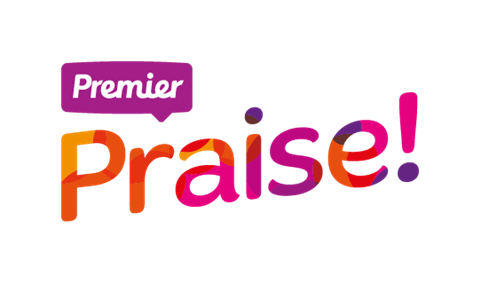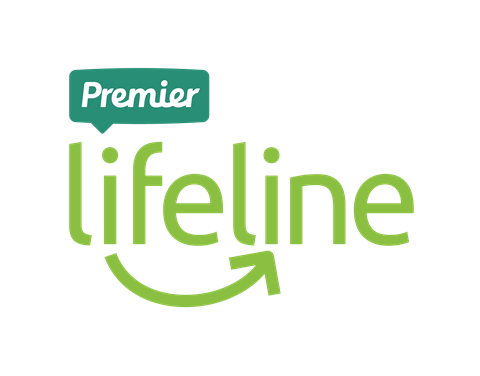As World Suicide Prevention Day approaches Rachael Newham helps Christian parents think about creating cultures of hope

Warning: This article discusses suicide and issues that some readers might find difficult.
I was just six years old when the thought of suicide first crossed my mind. I remember standing in my garden thinking “after the weekend, I think I want to die.” I’m not sure I really understood what it would mean to take my own life or how, but it was far from the last time suicide would present itself as an option to me.
Throughout my childhood and teenage years, the thought of suicide acted as Nietzsche expressed “a great consolation: by means of it one gets through many a dark night.” It meant that I could face what was before me (whether that be friendship troubles or later exam worries) because I thought that I had an exit strategy if things got too difficult.
Even as young as I was, I had a sense that this wasn’t something I wanted to share with those around me, and so I kept it as a secret as childhood faded away and I became a teenager.
97% of content on Instagram and 96% of content on TikTok contains harmful material
Along with the teenage mood swings, the thoughts of suicide got louder, and I found myself struggling to cope with it all. What had begun as passing thoughts was now a constant backdrop to my life.
There was no Instagram at this time (we were still using MySpace and Bebo), and I find it hard to imagine how, had I been a teenager now, I may have been captivated by content which spoke about the things I felt so deeply and yet seemed so taboo.
Molly Russell was a teenager who died by suicide in 2017 and at her inquest it was revealed that she saw 2,100 posts about depression, suicide and self-harm on Instagram in the six months before she died. Since then, her parents have established the Molly Rose Foundation to raise awareness of suicide amongst young people in a bid to help other families avoid the devastation they have faced.
We are not powerless against suicide
Unfortunately, a recent report by the Molly Rose Foundation discovered that 97% of content on Instagram and 96% of content on TikTok contains harmful material, the like of which was served to Molly Russell in the lead up to her death. The Foundation argues that the social media companies are merely paying “lip service” to safeguarding and putting young people at risk with their content.
Against a backdrop such as this, it can feel as though we have little power to make a difference, but this year’s World Suicide Prevention Day is urging people to actively “Change the Narrative” around suicide.
Part of this will be talking to young people about the content they see online and encouraging them to block words and topics they find unhelpful. The Australian organisation Orygen has some really useful advice around this.
speaking openly and responsibly about suicide can save lives
We are not powerless against suicide. It is preventable - but we cannot prevent suicide unless we talk about it with young people.
In our churches, there can be a tendency to gloss over passages with young people which speak of suicide, often because we fear that talking about it will give young people the idea or somehow encourage it.
And yet time and again, research has shown that speaking openly and responsibly about suicide can save lives.
All too often in the past, suicide attempts made by young people have been dismissed as “for attention” - but not only is this incredibly dismissive of young people’s distress, it misses the point that young people who attempt to take their own lives are desperately in need of our attention.
We are people of hope, and we need to create cultures of hope which meet those who are hopeless with compassion
When we look to the Bible, we see that suicide is not a new issue; it’s one that’s faced communities for millennia. For example, 1 Kings 19 describes how the prophet Elijah expresses his exhaustion and pain, begging God for death: He came to a broom bush, sat down under it and prayed that he might die. “I have had enough, Lord,” he said. “Take my life; I am no better than my ancestors.”
The response to this hopeless prayer is not one of condemnation - but connection.
God sends an angel to provide Elijah with rest, food and companionship, before speaking directly to him through a ‘still small voice’.
For young people today expressing similar thoughts, we need to offer the same connection and hope by not being afraid to ask about the presence of suicidal thoughts, following the appropriate safeguarding processes, engaging with any other services that are available and being available to pray for an encounter with hope, perhaps finding psalms that resonate with a young person that they can pray for themselves to encourage them that they are not alone in their despair- and that all of these feelings can be shared with God in prayer.
Read more:
Sweet dreams - Sleep is foundational for the mental and spiritual health of youth and children
It’s not all in the head - Physical activity is really important for the mental and spiritual health of youth and children
How Christian parents can boost the well-being of their children through the food they eat
As a teenager myself, I twice tried to take my own life, and alongside the mental health care I received, it was the care from my church and school chaplain that made all the difference. Together, they listened to my despair and held hope for me until I was ready to grasp it for myself.
We are people of hope, and we need to create cultures of hope which meet those who are hopeless with compassion.
Remember, if you or anyone you know is struggling to cope or having suicidal thoughts or feelings, you or they can call Samaritans free anytime on 116 123.
Extra thoughts: Language Matters
- Avoid phrases such as “committed suicide”. Suicide has not been a crime since the 1960s and using this language perpetuates stigma and can prevent people from opening up.
- Use phrases such as “died by suicide” or “attempted suicide” instead of referring to suicide attempts as “successful” or “unsuccessful”.
- Never call acts of self-harm or suicide attempts at “doing something silly or stupid”; instead, take all words or actions around suicide seriously. Ensure that safeguarding procedures are followed and medical care is sought promptly.






























